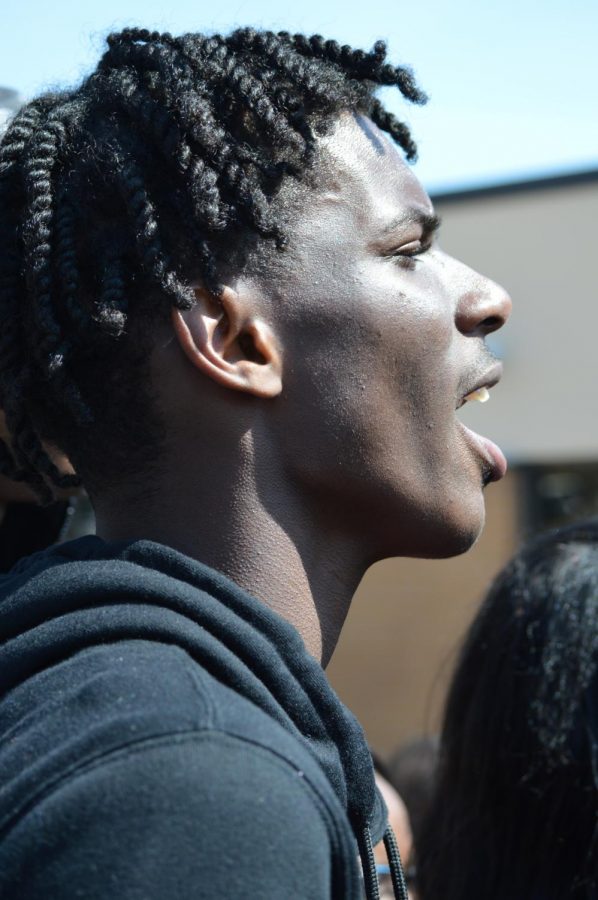School Discipline: Gray Area
How disruption and discipline are determined
May 10, 2019
The racially-charged video released over Spring Break ignited discussion and emotion, leaving many wondering what actions could be taken.
In the video three students were seen using racial slurs as well as chanting the word “slavery.”
“When I first received the video,” building principal Tim McCarthy said. “My heart sank, just because of the contents of that, and what I knew was going to be the impact on the Central High community.”
Many students became outraged, holding a walkout on March 27 where students demanded action and discussed reactions from district administrators in response to the video.
One of the points made by students who attended the walkout, was that these students should be expelled.
“They should know that this is bad.” Deja Campbell said. “I feel like [the punishment] should be expulsion, and it should be something that needs to be acknowledged, not ignored and swept under the rug.”
However, there are some difficulties in school discipline when it comes to cases that occurred outside of school.
“Legally, schools have more limitations for how they can respond if the incident did not occur during the school day or in conjunction with a school-sponsored activity,” Chief Communication and Emergency Management Officer Paul Tandy said. “Basically, a student’s actions outside of school must cause a significant disruption inside the school.”
However, classifying a disruption isn’t so easy. For instance, controversial actions or actions considered in “bad taste” do not qualify as disruptions. That is why you are allowed to participate in political speech using things like armbands, shirts, and pins with controversial statements on them. This type of speech is protected by Tinker v. Des Moines.
In Bethel v. Fraser, though, it was ruled that the school was within its rights to punish a student for obscene speech, in that case regarding sexual innuendo. Because of this situation, deciding disciplinary action was difficult.
“At the end of the day it was me deciding in consultation with district administrators,” McCarthy said. “The reason for some of that communication or decision making process was because of some unique and challenging circumstances to this specific incident.”
Although, in this case, it was found that there was a disruption even before the walkout occurred.
“The administration had already decided that the video was causing a disruption, based on feedback from a number of parents, students, teachers and community members,” Tandy said.
One thing that has been making this case difficult is the role of social media in this situation.
“There are developments in the context of our society with social media that are changing the traditional concept of in school and out of school,” McCarthy said. “Those lines aren’t as clear as they used to be in pre-social media days, and that’s what I think makes these types of situations challenging.”


